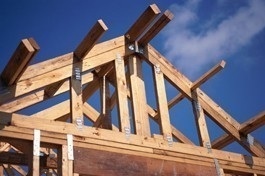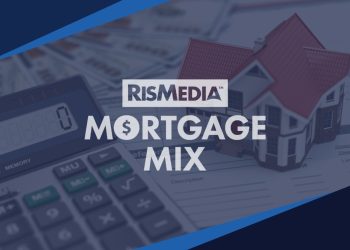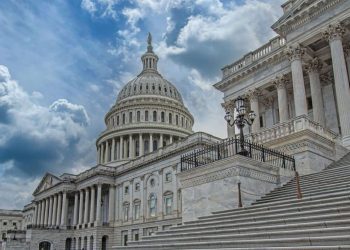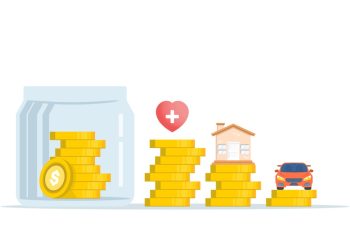 RISMEDIA, September 23, 2010—(MCT)—New housing starts surged 10.5% in August 2010 to the highest level since spring, but the activity was driven by a sharp spike in apartment construction, government data showed. Housing starts rose in August to an annualized rate of 598,000, compared with a revised 0.4% increase in July, the Commerce Department reported. Economists surveyed by MarketWatch had expected housing starts to drop to 535,000 on a seasonally adjusted basis.
RISMEDIA, September 23, 2010—(MCT)—New housing starts surged 10.5% in August 2010 to the highest level since spring, but the activity was driven by a sharp spike in apartment construction, government data showed. Housing starts rose in August to an annualized rate of 598,000, compared with a revised 0.4% increase in July, the Commerce Department reported. Economists surveyed by MarketWatch had expected housing starts to drop to 535,000 on a seasonally adjusted basis.
While the report seemed to point to an upturn in the weak U.S. housing market, most economists downplayed the better-than-expected number. They pointed out that data for multi-family starts, which surged 32.2% in August, is notoriously volatile and represents just a small portion of the housing market.
New construction of single-family homes, which account for 75% of the housing market, rose a much smaller 4.3% to an annualized rate of 438,000. Although it was the first increase in four months, construction of single-family homes is still lower than last year.
“While the volatile multi-family sector was responsible for the overall level of starts in August being higher than expected, the more important single-family component remains severely depressed,” said Chief Economist Joshua Shapiro of MFR Inc.
Starts rose in all regions except the Northeast, where they slumped 24.3%. Big increases in the West (34.3%) and the Midwest (21.7%) offset that decline.
Data on housing starts has always been hard to measure, and the government report is prone to sharp revisions. Complicating the picture was a federal tax credit for new home buyers that expired earlier this year. The credit caused home sales to spike in the spring, peaking at an annualized rate of 679,000 in April, and then plunge over the summer, falling to as low as 539,00 in June.
Economists say the effects of the credit have largely dissipated, giving them a clearer view of the health of the housing market.
“We have found a bottom for housing activity. It’s at a pitiful level, but it should grow from here,” said Senior U.S. Economist Ellen Beeson Zentner of Bank of Toyko-Mitsubishi.
Permits for new construction, a more accurate gauge of home building, increased 1.8% in August to an annualized rate of 569,000.
Permits for condominiums and apartments rose 9.8%, but permits for single-family homes dipped 1.2% to an annual rate of 401,000. Single-family permits are viewed as one of the best indicators of future economic health and tend to draw the most attention of economists.
The housing market plays a huge role in the U.S. It’s usually one of the first sectors to weaken before a recession and one of the quickest to recover as growth resumes. The housing industry also has wide-ranging influence on the rest of the economy, because so many raw materials and finished goods are required to build homes and furnish them after sale.
But the housing sector has struggled mightily since the housing bubble burst two years ago and pulled the economy down with it. Even though experts have said the recession ended in June 2009, the U.S. economy is growing very slowly and the unemployment rate stands near a 27-year high, dampening demand for new homes.
Because of sharp fluctuations in starts data, economists say it can take several months to detect new trends. In the past four months, housing starts have averaged an annualized 567,000, down from 587,000 in the four months ending in July.
(c) 2010, MarketWatch.com Inc.
Distributed by McClatchy-Tribune Information Services.










